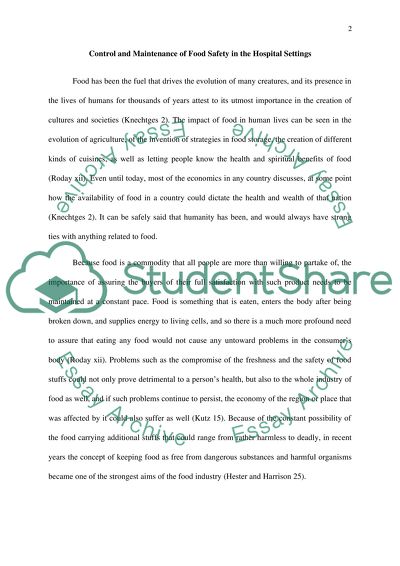Cite this document
(“Control and Maintenance of Food Safety in the Hospital Settings Dissertation”, n.d.)
Retrieved from https://studentshare.org/health-sciences-medicine/1401586-control-of-microorganism-food-safety-in-hospital
Retrieved from https://studentshare.org/health-sciences-medicine/1401586-control-of-microorganism-food-safety-in-hospital
(Control and Maintenance of Food Safety in the Hospital Settings Dissertation)
https://studentshare.org/health-sciences-medicine/1401586-control-of-microorganism-food-safety-in-hospital.
https://studentshare.org/health-sciences-medicine/1401586-control-of-microorganism-food-safety-in-hospital.
“Control and Maintenance of Food Safety in the Hospital Settings Dissertation”, n.d. https://studentshare.org/health-sciences-medicine/1401586-control-of-microorganism-food-safety-in-hospital.


